Woke up this morning to a wonderful sunrise, and as I stood savoring the moment, I noticed Retta making her way toward me from the direction of the barn. “It’s a baby raccoon,” she said.  “OK,” I replied, “I’ll take care of it now, and then have my cup of coffee.”
After lacing up my boots and donning a light jacket, I headed out to the barn, where we are temporarily housing about 30-40 of our juvenile guineas. Over the past few nights, some predator has consistently found a way to out-maneuver our defenses, with the result that several young guineas have (literally) lost their heads over these visits.
So “Trapper Retta” fetched the Havahart live-animal trap, baited it with cat food, and set it out alongside the guineas’ pen last night, and sure enough, she caught the (alleged) culprit.
It wasn’t really a baby – I’d say more of an adolescent raccoon, but he was plenty capable of bestowing deadly havoc upon our fowl.
I loaded him into the back of our utility vehicle (thank goodness the captive wasn’t a skunk), and proceeded to transport him to a location a couple of miles away from our barn area.
To reach the relocation spot I had in mind for this raccoon required us to traverse a cattle guard.  Could this help foil the critter’s return to our barn? I doubt it, as he could easily scamper across the iron pipes, or simply walk around the cattle guard to reach the other side.
A little further down this road, we came to the (proverbial) “fork in the road.” I suppose it is possible that the critter might become confused about which direction to follow when he reached this junction, but I wouldn’t count on this outcome as being probable.
As we continue along the road some distance further, we pass momma and calf, whose presence (along with other members of the herd) might deter a wayward raccoon from trespassing upon their cherished grazing pastures.
The next “barrier” we must pass is the new barbed-wire fence our neighbor just completed across a section of his property. If you were a raccoon, would you want to chance scraping your back on the sharp, pointed barbs of a newly-stretched fence?
Actually, I sincerely doubt that any of these so-called “barriers” will prove to be an impediment to the raccoon, should he choose to return to our barn. A couple of miles is not a particularly long distance for a raccoon to range, and the barbed wire fencing, the herd of cattle and the iron cattle guard are mere trivialities to a critter such as this raccoon.
What I am counting on is my blissfully naive hope that this young raccoon will find his new relocation spot sufficiently attractive in it’s critter-type amenities so that he wouldn’t even consider leaving it to return to our farm. I’m hoping he will find this old, unused barn to be a perfect home for a young raccoon, who is just starting off in this world.
Or perhaps I should have loaded him into the truck, and transported him down the highway for about twenty miles before releasing him into the wilderness? We’ll know soon enough!

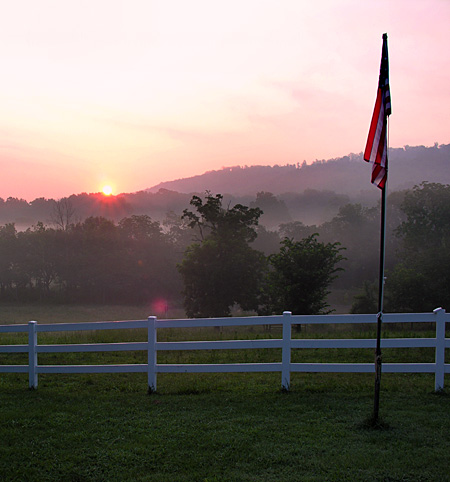
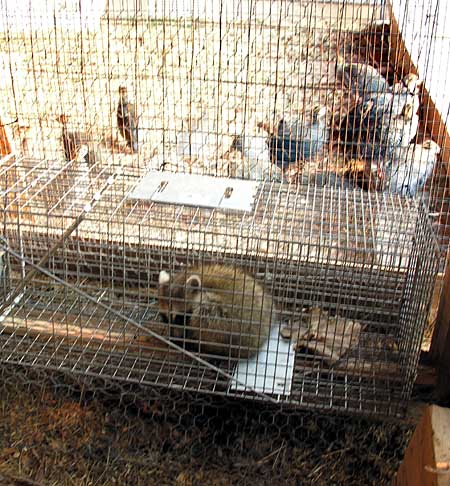
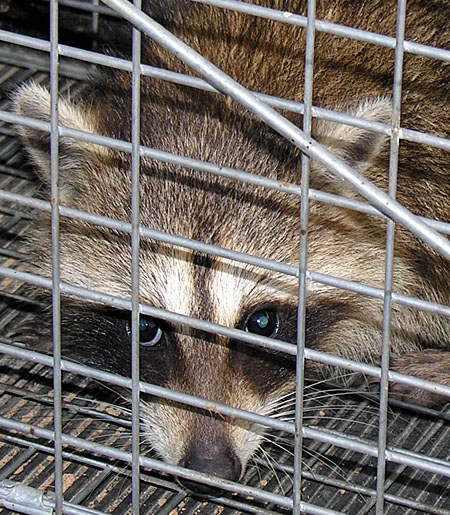
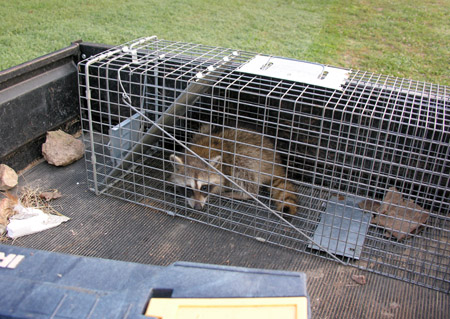
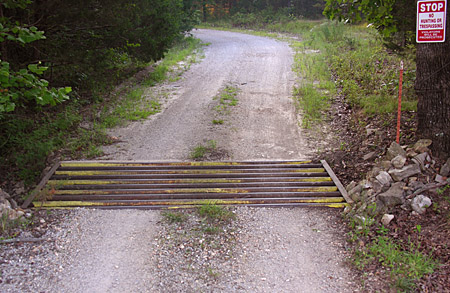
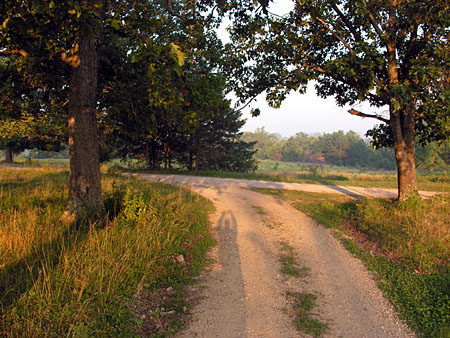
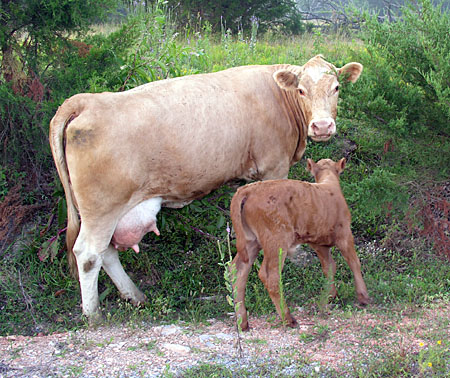
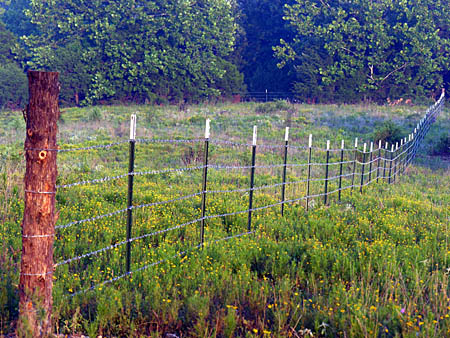
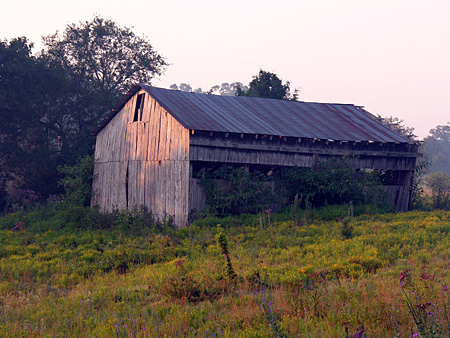


My parents trapped around 30 raccoons last year from their sweetcorn patch and after painting an orange stripe on them released them about four miles away. None ever returned. They have caught over a dozen so far this year and have yet to see an orange stripe, before they apply one that is, but I am skeptical that they wouldn’t have a new set of fur by now.